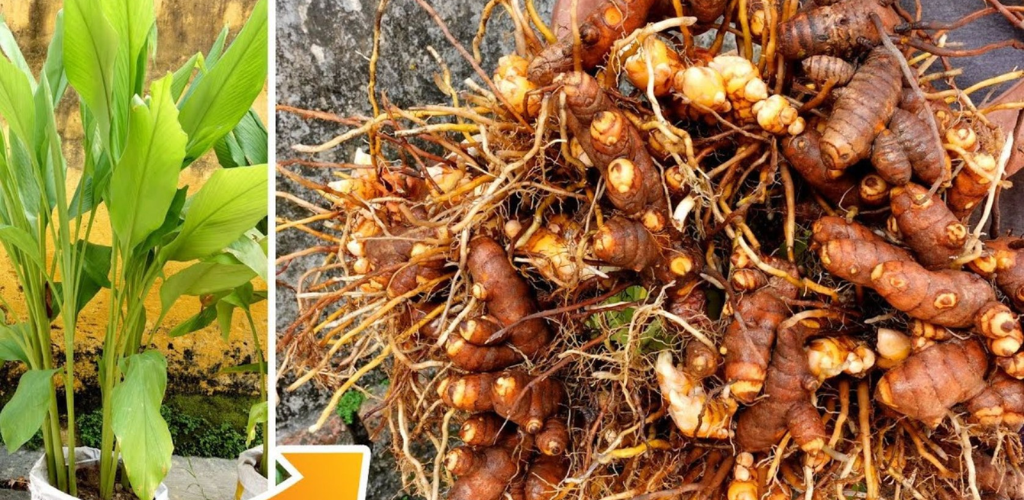Here’s how to grow turmeric to have endless amounts at home
Turmeric is a recurring ingredient in Asian cuisine. This beautiful bright yellow spice enhances your curries and stews and is very easy to grow at home. In this article, we share with you the method to grow turmeric at home.
If you think turmeric is one of those ingredients that isn’t easy to grow at home, think again. In fact, just like ginger which can be grown from its rhizome, turmeric can be easily grown in a garden or simply on your balcony.
Characteristics of turmeric
If the term “turmeric” is used primarily in cooking, it is originally the name given to the tropical plant from which it comes. Originally from Southeast Asia and India, it is part of the Zingiberaceae family and is the origin of the famous spice that we all know. It is also known as Indian saffron.
Also read: Pour turmeric on your plants and see what happens. The favorite remedy of experienced gardeners.
Conditions for planting turmeric.
To plant this herbaceous perennial, you will need to meet some conditions: a rich, draining and cool soil, as well as an exposure in a fairly sunny area but away from the wind. On the other hand, total sun exposure is not recommended.
The sowing period for turmeric is between February and May while the flowering period begins in June and ends in September. You can grow it in a pot with sandy soil or in the ground. As for the inflorescences, they begin to appear after three years.
If you want to grow plants that do not need the sun to grow, here is a selection of 10 indoor plants.
Turmeric cultivation
To best maintain and grow this perennial plant, these are the conditions you will need to respect:
- Care must be taken to ensure that the substrate is sufficiently moistened. As soon as you feel that the plant needs watering, spray its leaves with rainwater.
- From early spring, be sure to change the soil if you grow the plant in a container.
- Add liquid fertilizer every month during the flowering period. The plant requires phosphorus.
- As soon as you see dry stems and dead leaves, remove them.
As for the multiplication of turmeric, it is in the spring period when it can be carried out. To do this, it is necessary to split the rhizome, which must have one or more buds.
Harvest turmeric
Once the leaves dry, harvesting of turmeric can begin. To extract the spice, start by boiling the rhizomes to soften their skin. Gently remove the latter and then place the rhizomes in a container that will be exposed to the sun. Therefore, it will be easier to grind them once they are dry.
What are other uses of turmeric?
In addition to its culinary use, turmeric can also be used as an ornamental plant or even used for its aromatic properties. It is also a natural anti-inflammatory that also has digestive, antioxidant and many other health benefits.
Read also : How to remove hair at home with Nivea cream?
plagues and diseases
Occasionally, the foliage may be subject to spider mite bites. To avoid this, you can spray a spray full of fermented nettle manure.
Also avoid drowning the plant, in which case the rhizome is likely to rot. In this case, just make sure you prevent this inconvenience by having draining soil.
